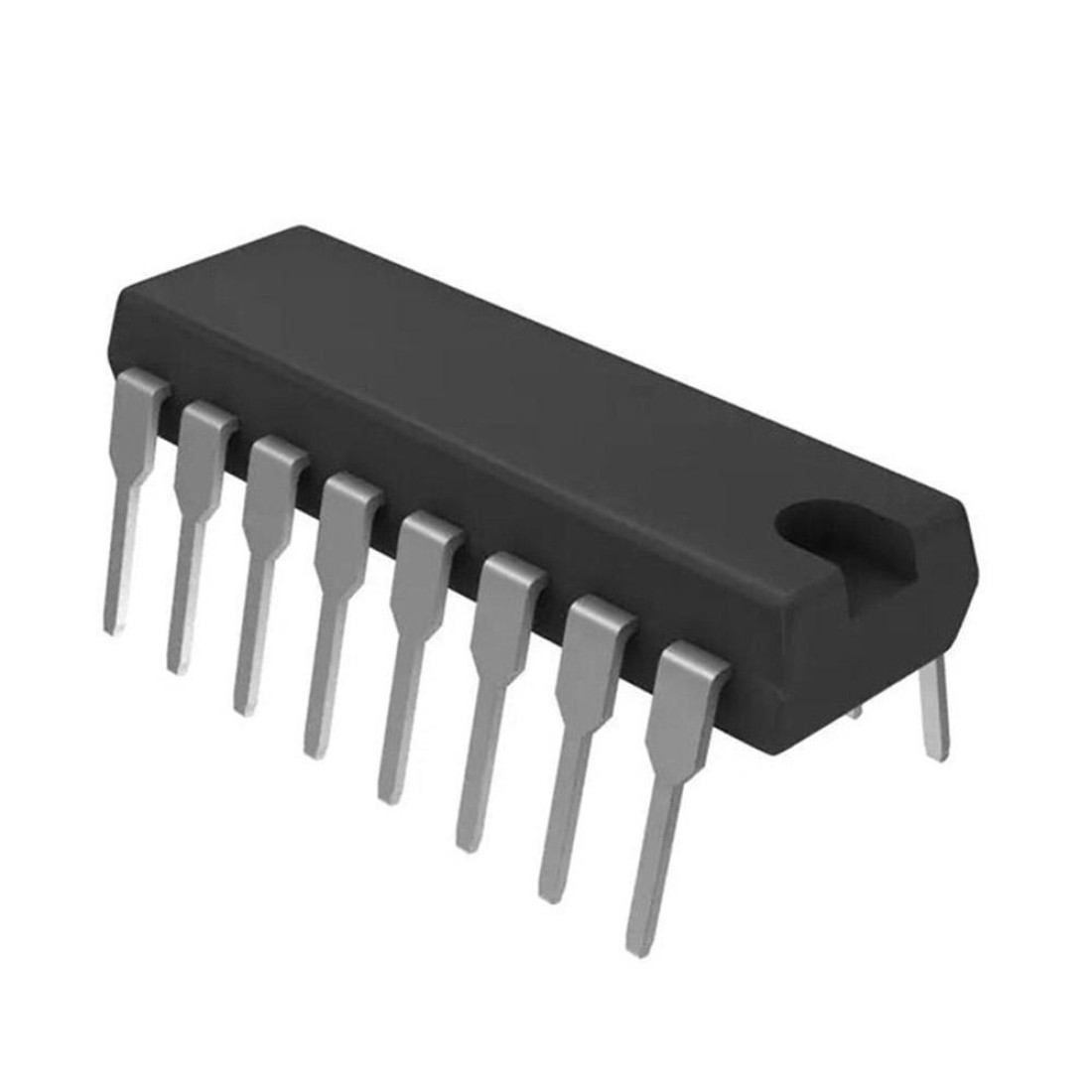Introduction:
Definition and Significance of Noninverting Buffers:
Noninverting buffers, also known as unity gain buffers, are essential components in electronic circuits used to maintain signal integrity, impedance matching, and signal isolation. Unlike traditional amplifiers, noninverting buffers preserve the input signal’s phase and provide a high input impedance, low output impedance interface between different parts of a circuit. Their significance lies in their ability to prevent signal distortion and maintain signal integrity while driving multiple loads without affecting the original signal’s characteristics.
Historical Background and Evolution:
The concept of buffering signals without inversion dates back to the early days of analog electronics. Initially, discrete transistor configurations were employed to achieve noninverting buffering, followed by the integration of operational amplifiers (op-amps) into circuit designs. Over time, advancements in semiconductor technologies, particularly in integrated circuit (IC) fabrication, have led to the development of more efficient and versatile noninverting buffer designs.
Technology Landscape:
Semiconductor Technologies Powering Noninverting Buffers:
Modern noninverting buffers utilize various semiconductor technologies, including Complementary Metal-Oxide-Semiconductor (CMOS), Bipolar CMOS (BiCMOS), and BiCMOS-Silicon Germanium (SiGe). These technologies offer a balance between performance, power consumption, and integration density, making them suitable for diverse applications ranging from consumer electronics to industrial automation.
Advancements in Fabrication Processes:
Advancements in fabrication processes, such as deep sub-micron lithography and FinFET technology, have enabled the integration of complex noninverting buffer circuits on a single chip. This integration facilitates the development of highly integrated systems-on-chip (SoCs), where noninverting buffers play a crucial role in signal routing, level shifting, and interfacing between different functional blocks.
Consumer Electronics:
Consumer electronics represent one of the primary application domains for noninverting buffers, owing to their role in signal conditioning, amplification, and interface compatibility.
Audio Amplification:
In audio systems, noninverting buffers are commonly used to drive headphones, speakers, and line-level outputs. By maintaining signal integrity and providing sufficient current drive capability, noninverting buffers ensure faithful reproduction of audio signals with minimal distortion.
Interface Compatibility:
In smartphones, tablets, and wearable devices, noninverting buffers are essential for level shifting and signal conditioning between different subsystems. They enable seamless communication between components operating at different voltage levels, ensuring interoperability and compatibility across diverse hardware platforms.
Receive the FREE Sample Report of Noninverting Buffer Market Research Insights @ https://stringentdatalytics.com/sample-request/noninverting-buffer-market/7368/
Market Segmentations:
Global Noninverting Buffer Market: By Company
• Texas Instruments
• STMicroelectronics
• Infineon Technologies AG
• NXP Semiconductors
• Microchip Technology Inc.
• Analog Devices(Maxim Integrated)
• Renesas Electronics
• onsemi
• Cypress Semiconductor
• Wingtech(Nexperia)
• Toshiba
• Diodes Incorporated
• LOGING ELECTRONICS
Global Noninverting Buffer Market: By Type
• Voltage Buffer
• Inverting Buffer
Global Noninverting Buffer Market: By Application
• Automatic Control System
• Medical Instruments
• Vehicle Electronics
• Others
Regional Analysis of Global Noninverting Buffer Market
All the regional segmentation has been studied based on recent and future trends, and the market is forecasted throughout the prediction period. The countries covered in the regional analysis of the Global Noninverting Buffer market report are U.S., Canada, and Mexico in North America, Germany, France, U.K., Russia, Italy, Spain, Turkey, Netherlands, Switzerland, Belgium, and Rest of Europe in Europe, Singapore, Malaysia, Australia, Thailand, Indonesia, Philippines, China, Japan, India, South Korea, Rest of Asia-Pacific (APAC) in the Asia-Pacific (APAC), Saudi Arabia, U.A.E, South Africa, Egypt, Israel, Rest of Middle East and Africa (MEA) as a part of Middle East and Africa (MEA), and Argentina, Brazil, and Rest of South America as part of South America.
Click to Purchase Noninverting Buffer Market Research Report @ https://stringentdatalytics.com/purchase/noninverting-buffer-market/7368/
Industrial Automation:
Industrial automation relies on robust and reliable signal processing and control systems, where noninverting buffers play a crucial role in sensor interfacing, signal conditioning, and communication.
Sensor Interfacing:
In industrial sensor networks, noninverting buffers are used to interface with various sensors, such as temperature sensors, pressure sensors, and proximity sensors. By providing high input impedance and low output impedance, noninverting buffers ensure accurate signal acquisition and transmission, even in noisy industrial environments.
Control Systems:
Noninverting buffers are integral components of control systems used in industrial automation applications, such as robotic arms, conveyor belts, and PLC (Programmable Logic Controller) systems. By maintaining signal integrity and providing fast response times, noninverting buffers contribute to the overall efficiency and reliability of industrial processes.
Conclusion:
The noninverting buffer market continues to evolve, driven by advancements in semiconductor technologies and increasing demand from diverse industries. From consumer electronics to industrial automation, noninverting buffers play a critical role in ensuring signal integrity, impedance matching, and interface compatibility in modern electronic systems. As technology continues to progress, the adoption of noninverting buffers is expected to further expand, fueling innovation and driving market growth in the years to come.
About Stringent Datalytics
Stringent Datalytics offers both custom and syndicated market research reports. Custom market research reports are tailored to a specific client’s needs and requirements. These reports provide unique insights into a particular industry or market segment and can help businesses make informed decisions about their strategies and operations.
Syndicated market research reports, on the other hand, are pre-existing reports that are available for purchase by multiple clients. These reports are often produced on a regular basis, such as annually or quarterly, and cover a broad range of industries and market segments. Syndicated reports provide clients with insights into industry trends, market sizes, and competitive landscapes. By offering both custom and syndicated reports, Stringent Datalytics can provide clients with a range of market research solutions that can be customized to their specific needs.
Reach US
Stringent Datalytics
+1 346 666 6655
Social Channels:




Leave a Reply